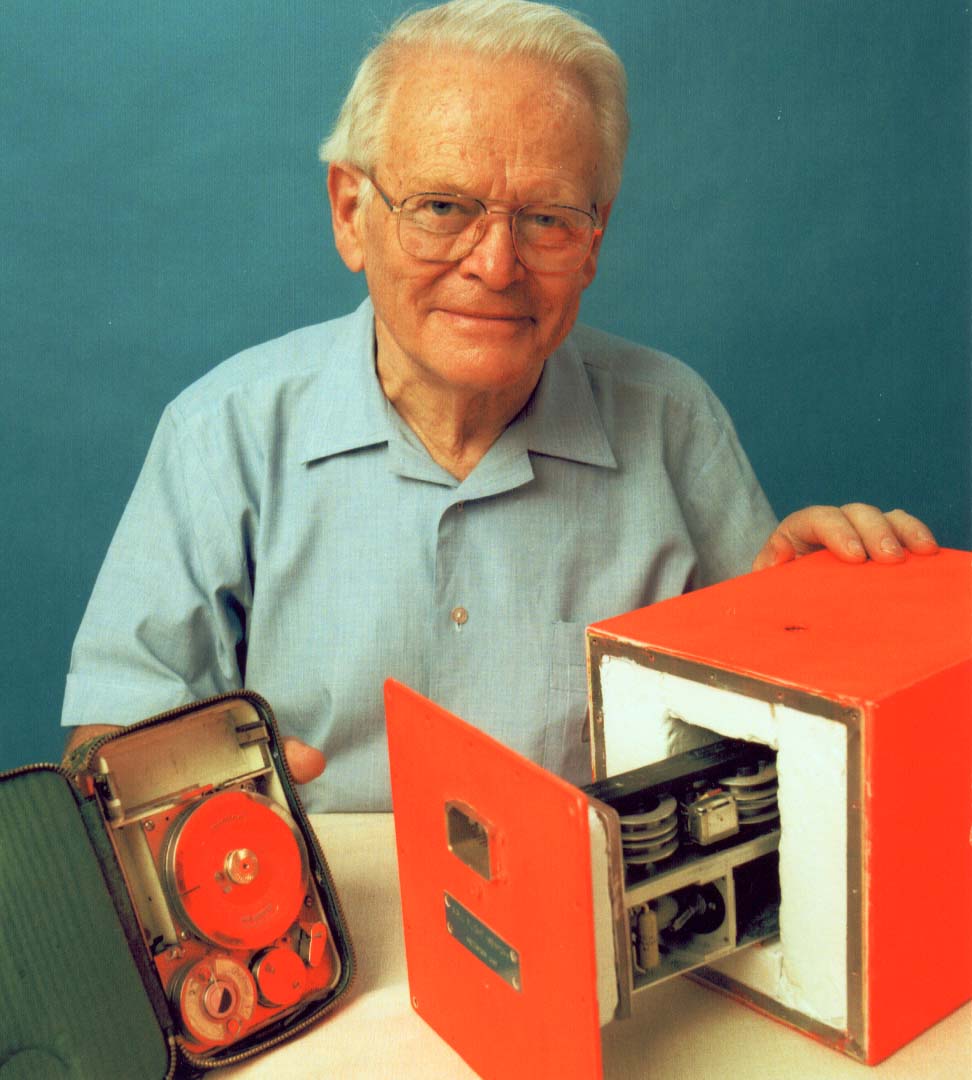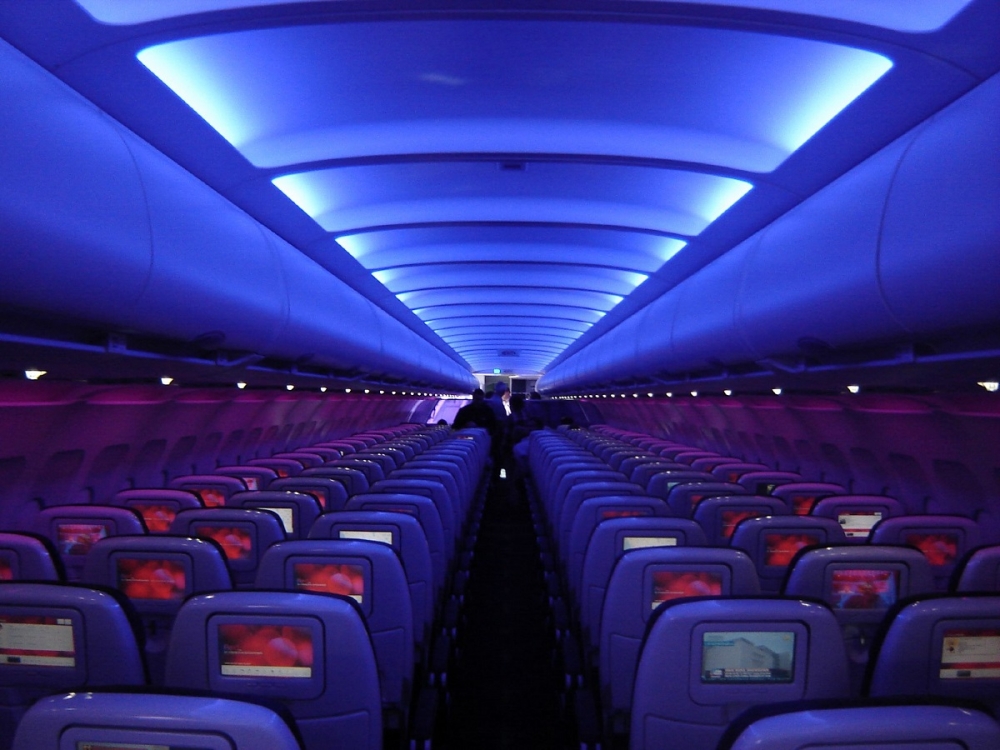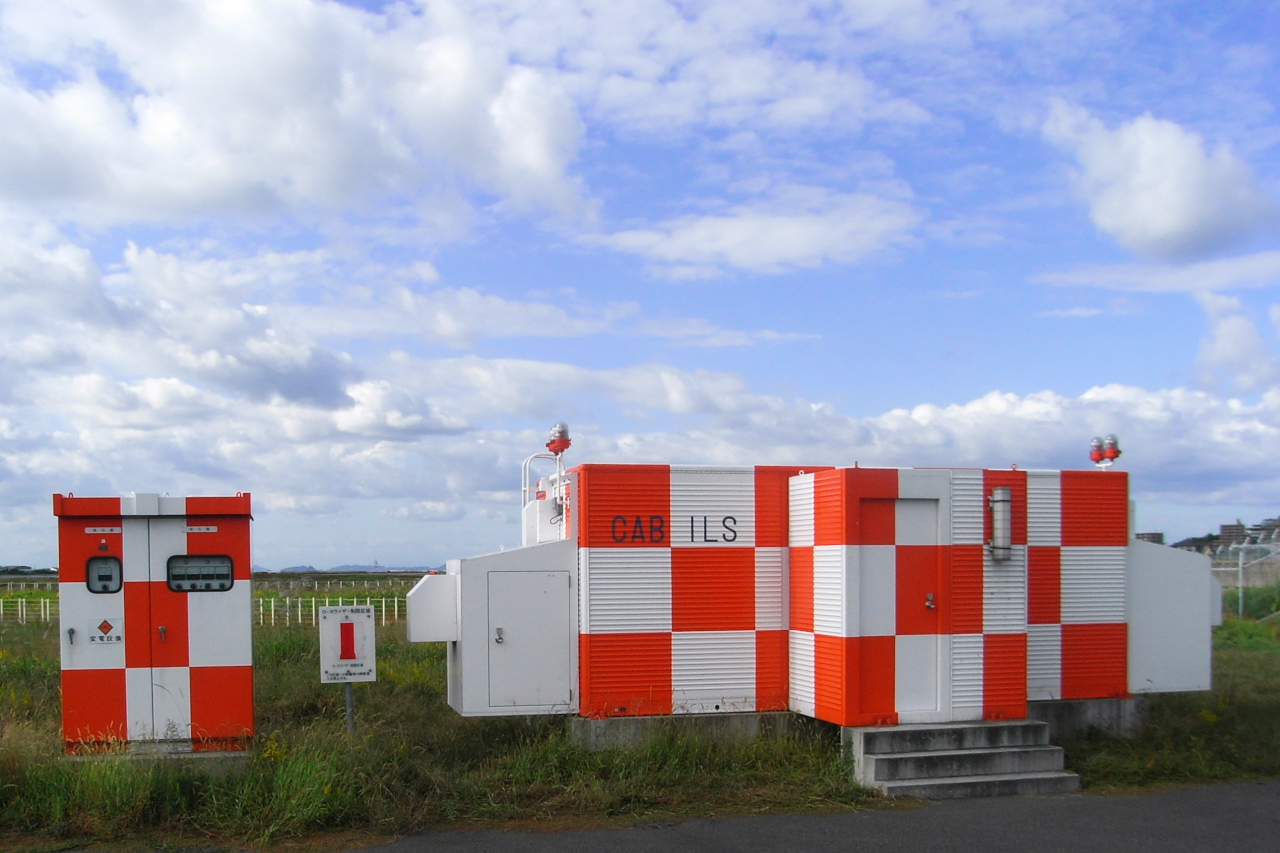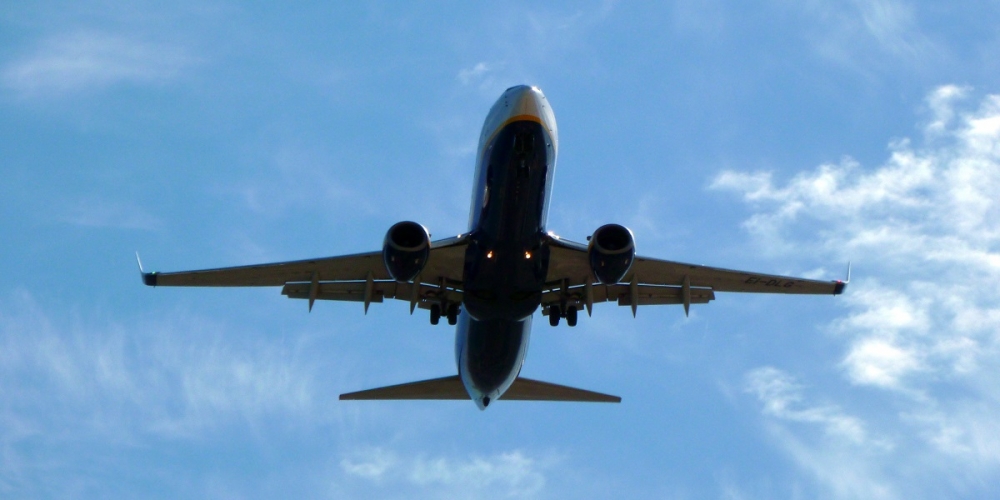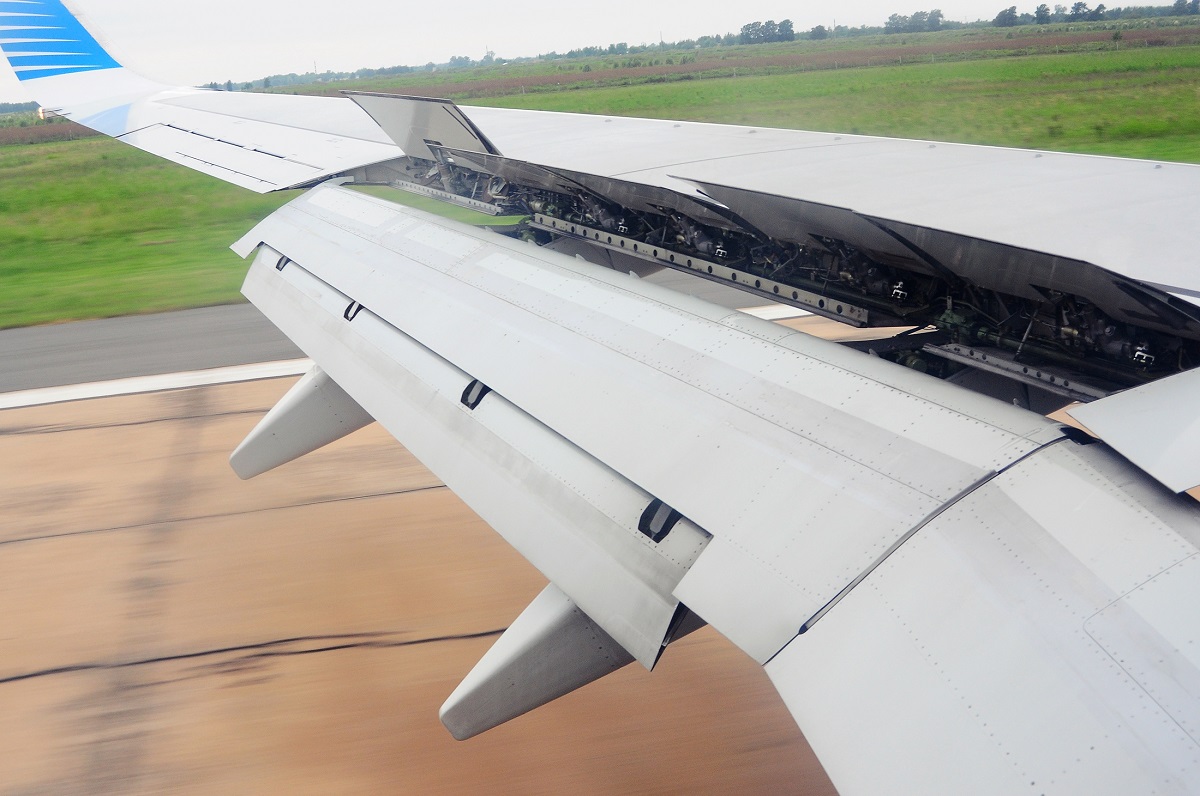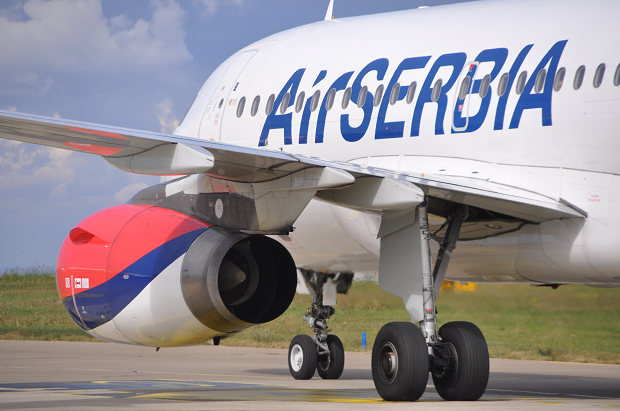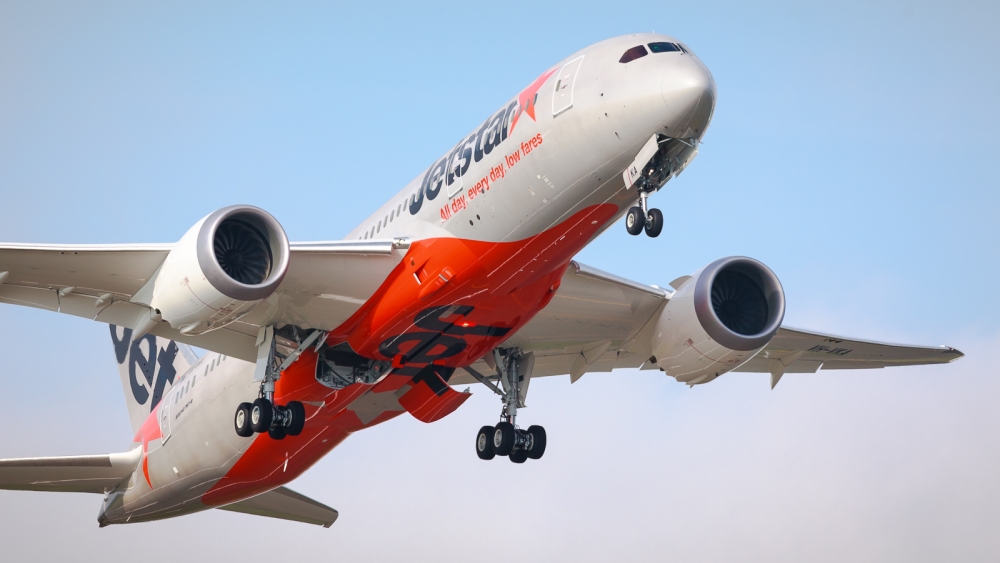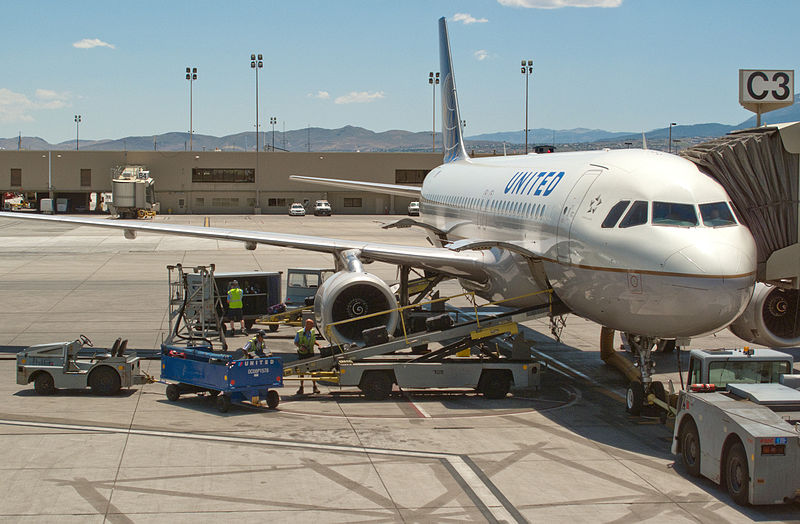With the advent of jet airliners in the late 1950s, analyzing critical details of aircraft performance became paramount during crash investigations, and two new devices were added as standard equipment on airliners. One was the “Flight Data Recorder” (FDR) which automatically records hundreds of parameters of flight information, such as engine performance, power settings, control surface inputs and movement, and all changes in attitude, airspeed, and altitude. The FDR provides investigators with a detailed “road map” of every second of flight up to the moment the aircraft comes to a stop.
The second device is the “Cockpit Voice Recorder” (CVR) which captures recent intervals of conversation between pilots onboard the airliner, as well as Air Traffic Control personnel communicating with that aircraft. Valuable information can also be revealed through careful analysis of various sounds coming from inside the cockpit, such as warning horns, or the sequence of specific switches being activated. Although the FDR and CVR were originally referred to as “black boxes,” today with rapid post-crash identification in mind, they are actually painted a bright red-orange.















